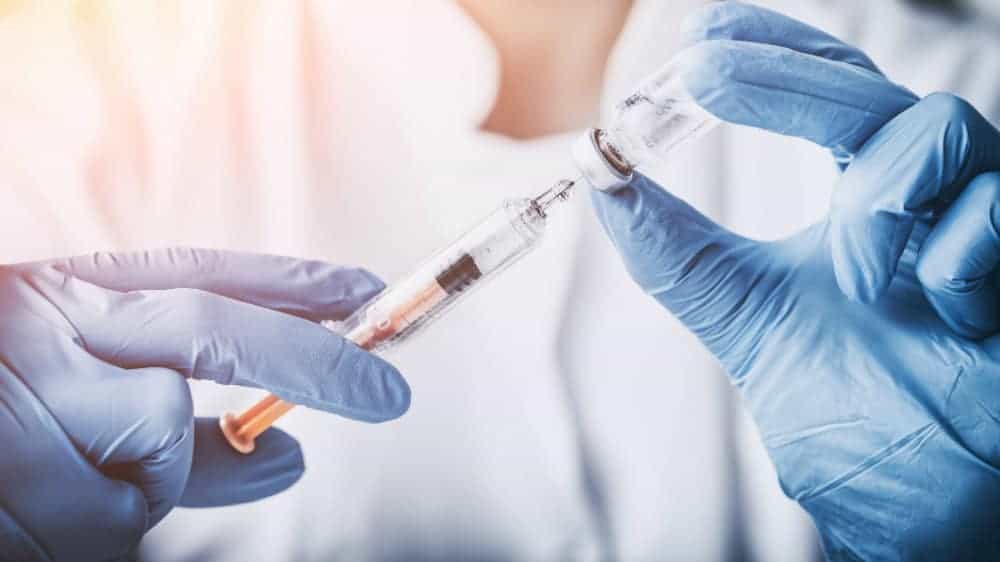The GlaxoSmithKline (LSE:GSK) share price is down 24% over 12 months. That seems at odds with the pharmaceutical giant reporting an increase in revenue and net income for 2020. The consumer healthcare division increased revenues by 14% in constant currency terms. Also, Glaxo maintained its dividend at 80p in 2020 and expects to pay shareholders the same in 2021. At the current price of 1,215p, the one-year forward dividend yield on Glaxo shares is 6.6%.
Glaxo plans to launch at least 20 new medicines by 2026. Ten or more of these are reckoned to be potential blockbuster drugs, delivering more than $1bn in peak annual revenues. All of this appears at odds with the Glaxo share price falling by a quarter in 12 months.
Glaxo stock splitting
In 2022, Glaxo plans to split into two companies. The first is “‘New GSK’, a biopharma company with an R&D approach focused on science related to the immune system, the use of genetics, and new technologies“. The second company should be a world leader in consumer healthcare.
In August 2019, a joint venture (JV) was formed between the consumer healthcare divisions of Pfizer and Glaxo. The JV will form the second of the spinoff companies. It is already a world leader, holding multiple #1 market positions. Spinning off the JV makes sense. A standalone consumer healthcare company can support higher leverage with its more durable cash flows. The consumer healthcare company would be leveraged to 3.5–4.0 times net debt/adjusted EBITDA at the point of separation, with the cash being retained in New GSK. New GSK would have the freedom to invest in innovative drug development with lower leverage.
Glaxo dividend warning
Investor sentiment towards the JV and split was initially positive but soured over 2020 and into 2021. Although Glaxo retains sole decision-making rights over the split’s manner and timing until 2024, Pfizer insiders have publically disagreed on the method. The two parties butting heads might complicate and make the process more expensive. The potential for conflict seems to have worried investors enough to start questioning the split, particularly its threat to dividends. Glaxo has gone on to announced there will be a new dividend policy for New GSK in 2022, and aggregate dividend payments will likely fall.
But, while other investors are selling Glaxo shares, I am still buying. On average, spin-offs have been good for investors, with shares in the parent and the subsidiary outperforming the wider market for the next couple of years. I expect that aggregate investor interest will increase after the split because there is now a choice of a riskier biopharma company and a stable consumer healthcare one.
Drugs developments can fail and cause large losses. New GSK’s revenue and earnings will likely be lumpier without the smoothing effect of cash flows from consumer healthcare. I am in no doubt that aggregate risk will increase as a result of the split. I am prepared for dividends to fall to — and perhaps beyond — the 67p analysts forecast for 2022. But, that is still a 5.5% yield at current prices.
Given the potential in New GSK’s pipeline, I think the two companies will get back to a combined 80p dividend in five or so years. Takeover offers are more likely on the two new and smaller companies, making potential capital gains a distinct possibility. However, income investors might be deterred by the possibility of losing income streams.







